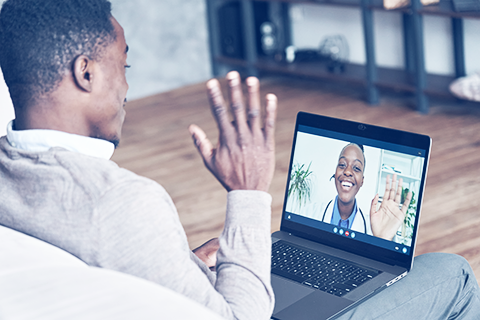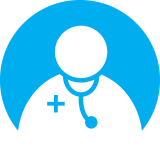
Using Telemedicine?
Telemedicine visits can save you time and money, while also preventing the spread of infectious germs, giving you access to your local and overseas healthcare providers. It is best to use Telemedicine for:
- common or everyday health concerns, such as mild fever, rashes or minor burns, cold, flu, ear or sinus problems.
- when you have an urgent or non-life-threatening care need. For example, if you suspect that you have been exposed to COVID-19, painful urination, or minor infections.
- follow-up appointments, either locally or overseas, with your doctor or other healthcare providers, such as routine wellbeing or maintenance visits, test results, reviewing medications and requesting refills.
- second opinion services.
When an in-person visit is best
Your doctor or healthcare provider may request an in-person visit if your condition requires them to examine you physically. Schedule an in-person visit if:
- you have a serious health problem that requires a physical exam, lab tests, X-rays, etc.
- you require an in-office procedure.
When to get emergency care
Call 911 right away if you think you are or someone else is experiencing any of the following:
- Chest pain/pressure or difficulty breathing
- Loss of consciousness, fainting or seizures
- Bluish lips or face
- Fever above 104 degrees Fahrenheit
- Serious wounds/bleeding that won’t stop
- Severe abdominal pain
- Severe cuts or burns
- Poisoning
- Broken bones
- Vaginal bleeding with pregnancy
- Severe allergic reactions
What you need for a successful telemedicine call
- A charged mobile device with a strong signal (Wi-Fi, data, network) so that you do not lose your connection
- Earbuds or headphones with a built-in microphone to make it easier to hear each other
- A quiet, private location with good lighting to that your provider may examine you, if need be
- A list of your medications and supplements, health history and questions.
Click here to learn how to maximise your visit.
Bottom Line
Telemedicine is a useful tool that can be used to keep your health on track while adhering to social distancing policies. Your doctor and other healthcare providers can provide you with sound advice and support while keeping you and others safe.
 Sign In
Sign In







